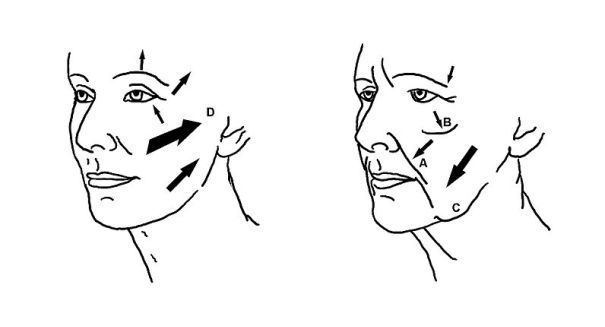
In 2012, there were over 10 million cosmetic procedures performed in the U.S., 17 percent of which were surgical procedures.
A new study, published online in JAMA Facial Plastic Surgery, examined whether or not plastic surgery had the desired effect of making someone look younger and more attractive. The researchers had 50 raters, who were unaware of the purpose of the study, looking at 49 patients that had aesthetic facial plastic surgery. The plastic surgery had been performed between July 2006 and July 2010. The preoperative pictures were shown for the raters to estimate age and rate attractiveness and the same thing was done with postoperative pictures.
They found a small improvement in how old others thought the person was, but no significant change in their attractiveness. Specifically, the guessed age was, on average, about three years younger than the actual age of plastic surgery patients. For some patients, the guessed age was actually higher than their true age. Another study in 2011 in the Journal of Plastic, Reconstructive, and Aesthetic Surgery found similar results, showing that cosmetic surgery can reduce apparent age and also demonstrating that a variety of procedure are able to do so.
These results may shape patients’ desire to seek plastic surgery. The lead author on the study is a practicing plastic surgeon and he focuses on managing patient expectations. It would be improper for a doctor to tell a patient that he or she will look more attractive after the surgery given the results of this study. While he can tell patients there is evidence that clearly shows they will look younger, he also describes the results as looking “fresher, more energetic and less tired.”
Given the lack of impact on others, it would seem impractical to go through surgery to change one’s face. In Survival of the Prettiest, Nancy Etcoff points out those painful, expensive procedures for seemingly minor imperfects may appear drastic to others. However, the patient is intimately familiar with his or her own face, staring at the minor imperfection all the time. Thus, the plastic surgery may make little impact on others, but can make a large change in the way that person feels about the landscape of his or her face.
In 2012, there were over 10 million cosmetic procedures performed in the U.S., 17 percent of which were surgical procedures. This reflected a 3.1 percent increase in surgical procedures from the previous year. The total spent on cosmetic procedures was $11 billion, with $6.7 billion of it spent on surgical procedures. The most popular surgical procedures in 2012 were breast augmentation, liposuction, abdominoplasty (tummy tuck), blepharoplasty (eye lift), and rhinoplasty (nose job).
Leave a Reply